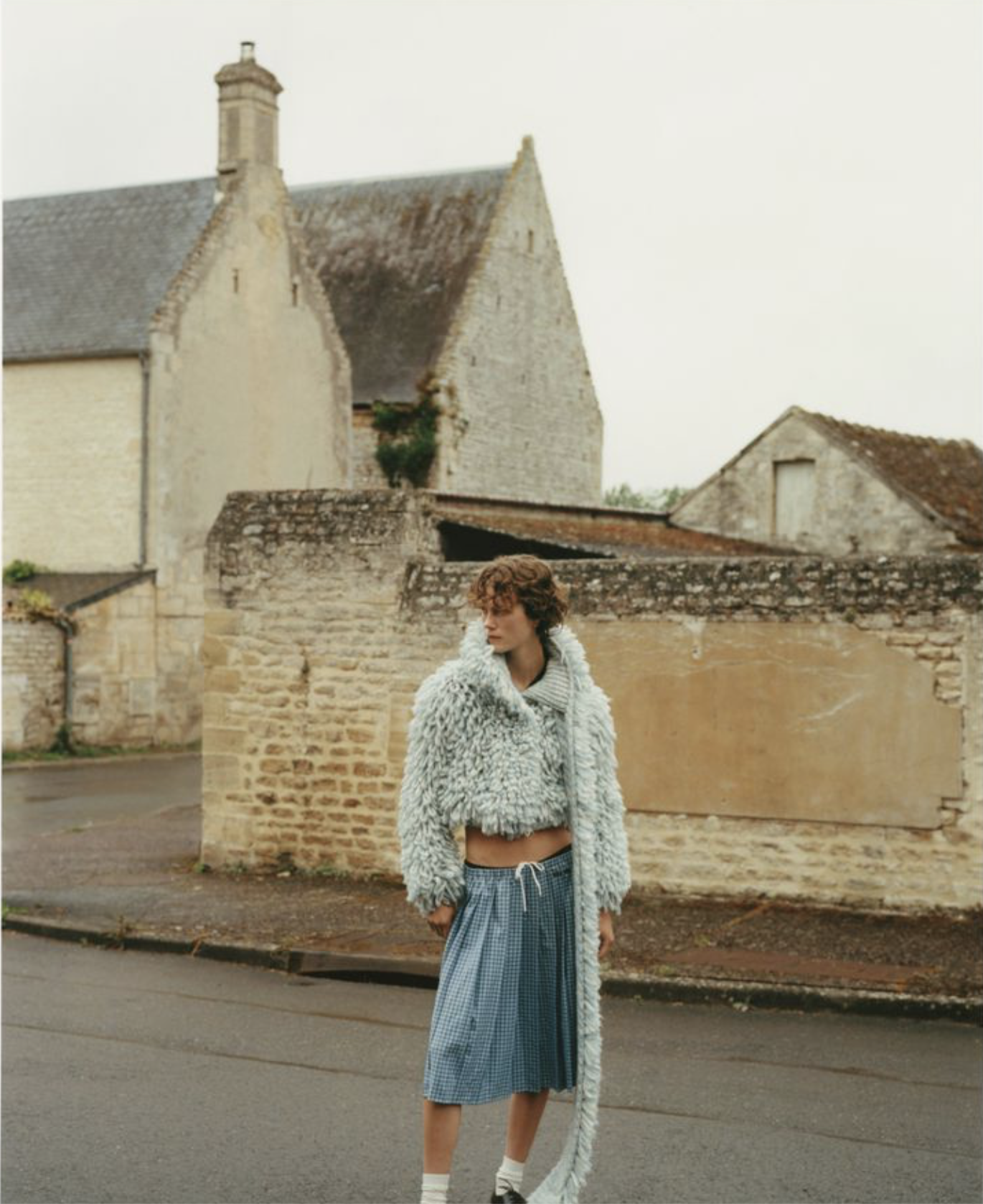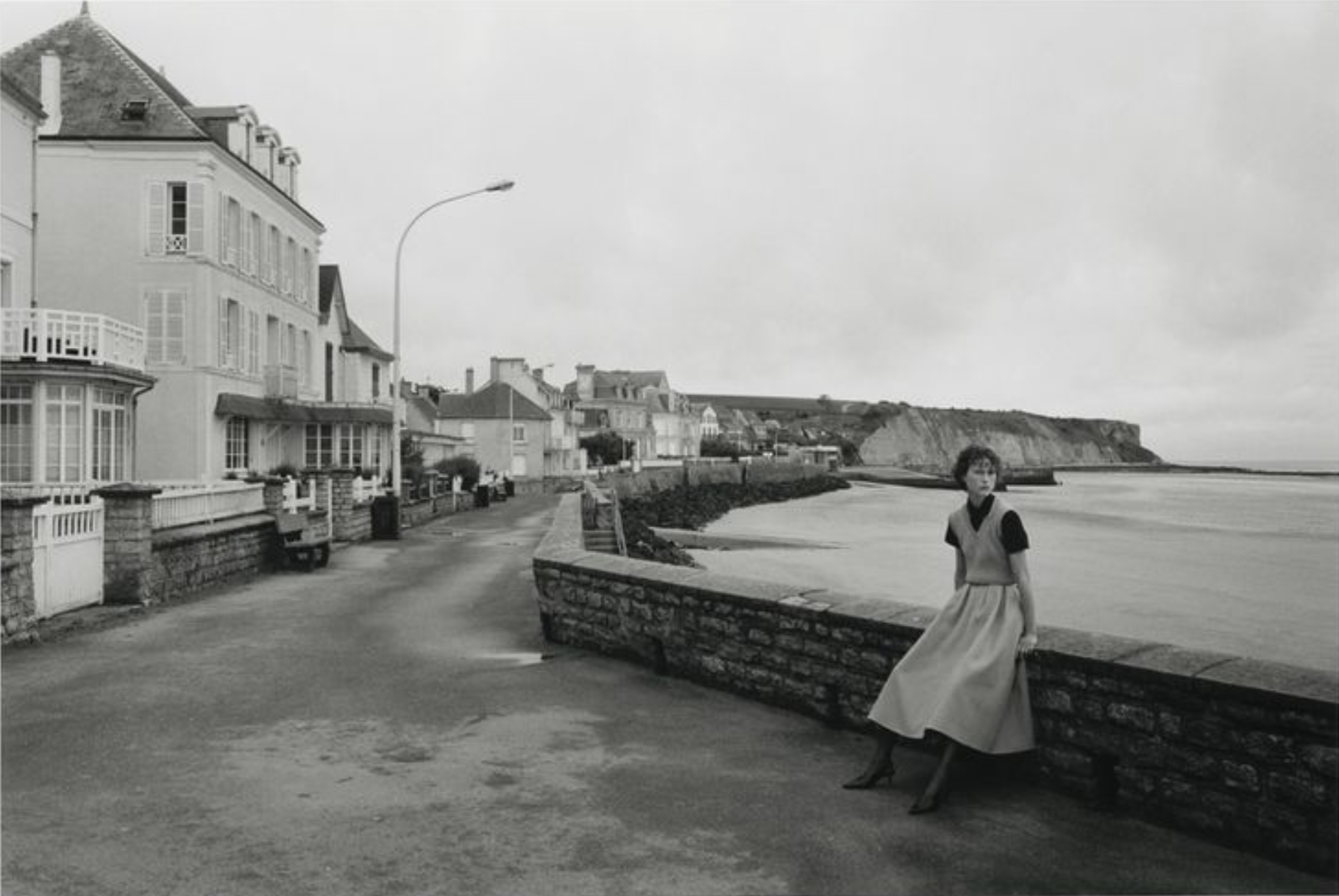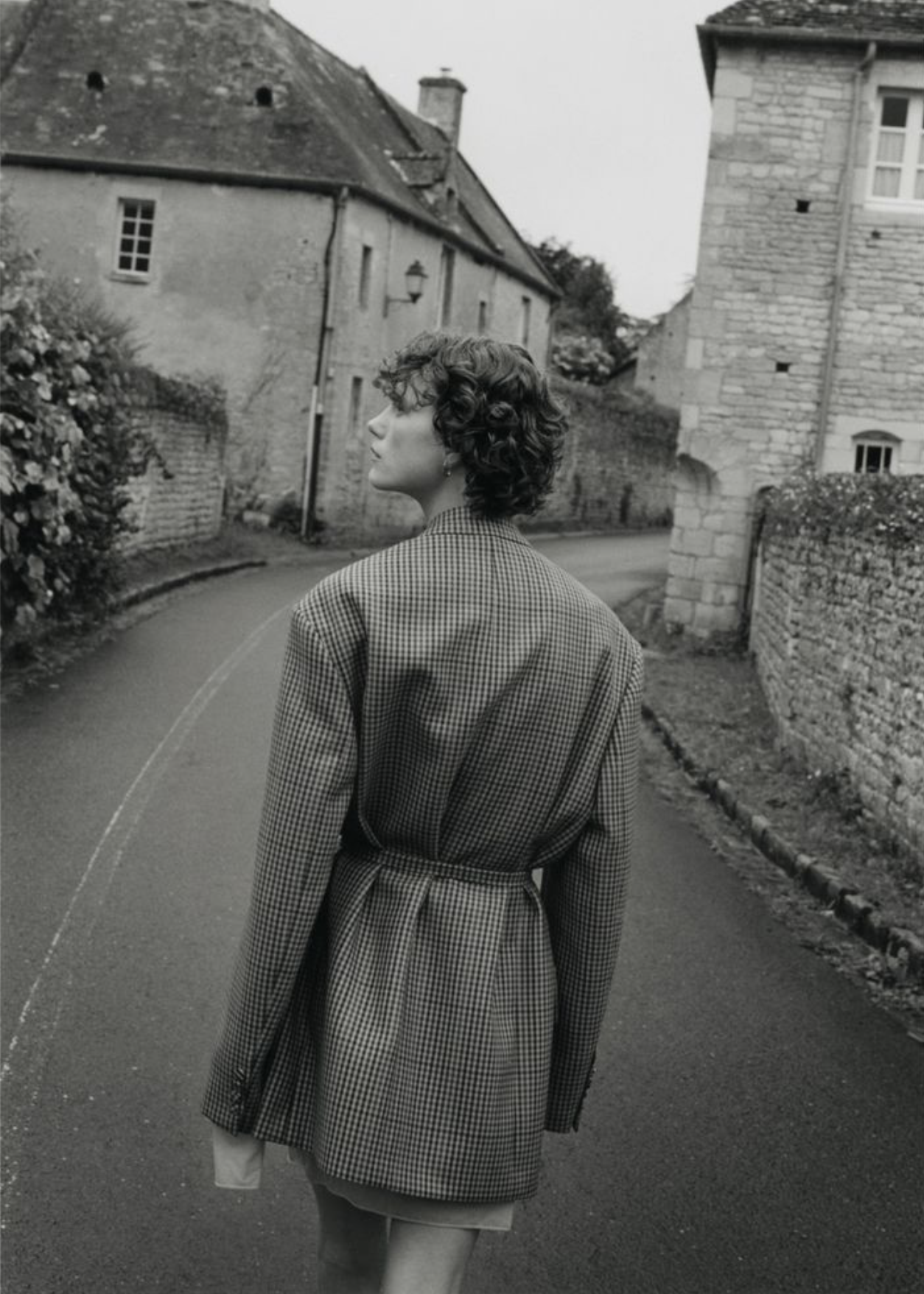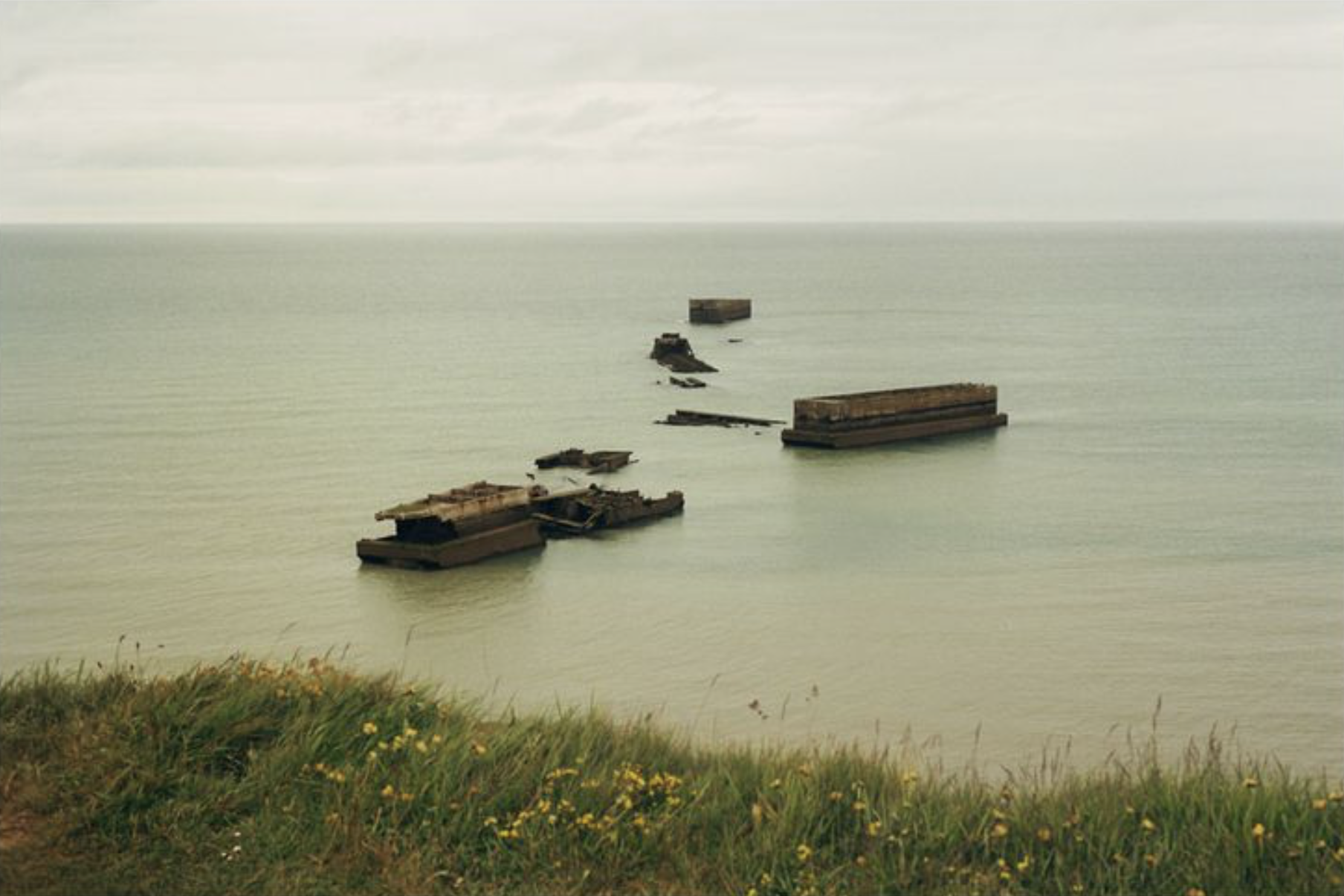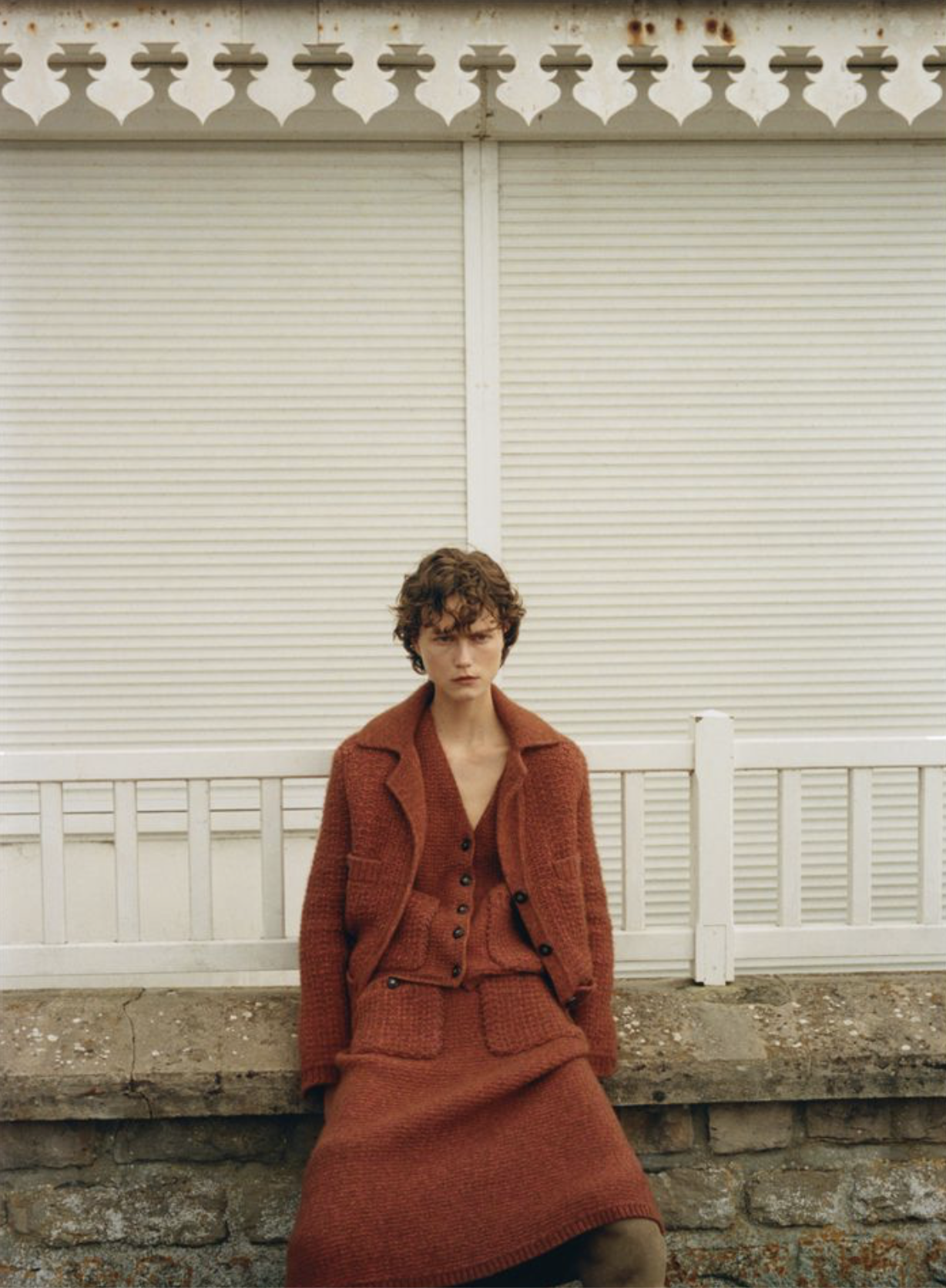Julie Hoomans by Kulesza & Pik for Vogue Poland October 2024 in Normandy Pt 2
/AOC rejoins our discussion of Vogue Poland’s [IG] October 2024, Normandy-based fashion story that explores the DNA and pedigree of luxury fashion today.
Model Julie Hoomans is the protagonist or visual narrator for fashion story that has taken AOC and now you, dear reader, on a joy ride. Kasia Mioduska styles the quiet luxury fashion story broken into two parts and lensed by Kulesza & Pik [IG].
Julie Hoomans in Normandy by Kulesza & Pik for Vogue Poland October 2024 Pt 1 AOC Fashion
In Part 1, AOC AI queries the history of Poland’s PRL era, the stated design inspiration for the shoot. AOC always reads every word carefully in our research.
Noting that the photographers referred to Normandy as ‘beloved Normandy’, AOC dove back into the research to understand why.
In the 19th and early 20th centuries, Normandy emerged as a magnet for artists from all over Europe, including Poland. This region's unique combination of diffused light, charming rural landscapes, and picturesque coastlines provided a natural canvas that inspired many.
During this period, Poland was partitioned and did not exist as an independent state. Polish artists, like their compatriots in other fields, often sought inspiration and refuge abroad.
Normandy offered a stark and appealing contrast to the political turmoil and oppression back home.
The play of light on the waters of the Seine River, coupled with the region's famously shifting weather, created a dynamic environment that beckons artists to capture the ephemeral beauty of each moment.
Polish artists were deeply influenced by the broader European art movements of the time, notably Impressionism and Post-Impressionism, both of which found a fertile ground in Normandy.
The region's quaint villages, lush meadows, and rugged coastline were captured in the works of artists like Władysław Ślewiński, who studied in France and belonged to the Pont-Aven School, and Olga Boznańska, whose delicate works reflected her keen observation of light and color, characteristics for which Normandy was celebrated.
The Cliffs of Etretat, located in the Normandy region of France around 200 kilometers northwest of Paris, are a breathtaking natural wonder famous for their dramatic formations and stunning vistas. Their striking white chalk faces, which rise majestically from the turquoise waters of the English Channel are part of the Alabaster Coast, stretching along the coastline for about 80 miles.
For an American like myself, the cliffs of Normandy have a special significance.
The Normandy coastline was a focal point during the Allied invasion of June 6, 1944, known as D-Day. The actual location of the treacherous climb performed by US Rangers — and immediate members of my family — is Pointe du Hoc, which lies roughly 85 kilometers west along the same coast from the Cliffs of Etretat.
Unlike Étretat’s placid allure, Pointe du Hoc exudes a sense of valor and sacrifice, echoed in its rugged, battle-scarred terrain and historical significance. The specific horrors of that day were never discussed in my family. Not once.
It’s safe to say that AOC readers never know where we’re going on any given day. I certainly had no intention of writing about D-Day, when I woke up this morning.
It’s no secret that Anne of Carversville loves fashion stories and news that unleash my own talents as a researcher and writer — absolutely a storyteller at heart.
AOC does appreciate greatly the investments in history and cultural analysis made by some fashion magazines more than others. Vogue Poland is on the “love you guys” list. ~ Anne
